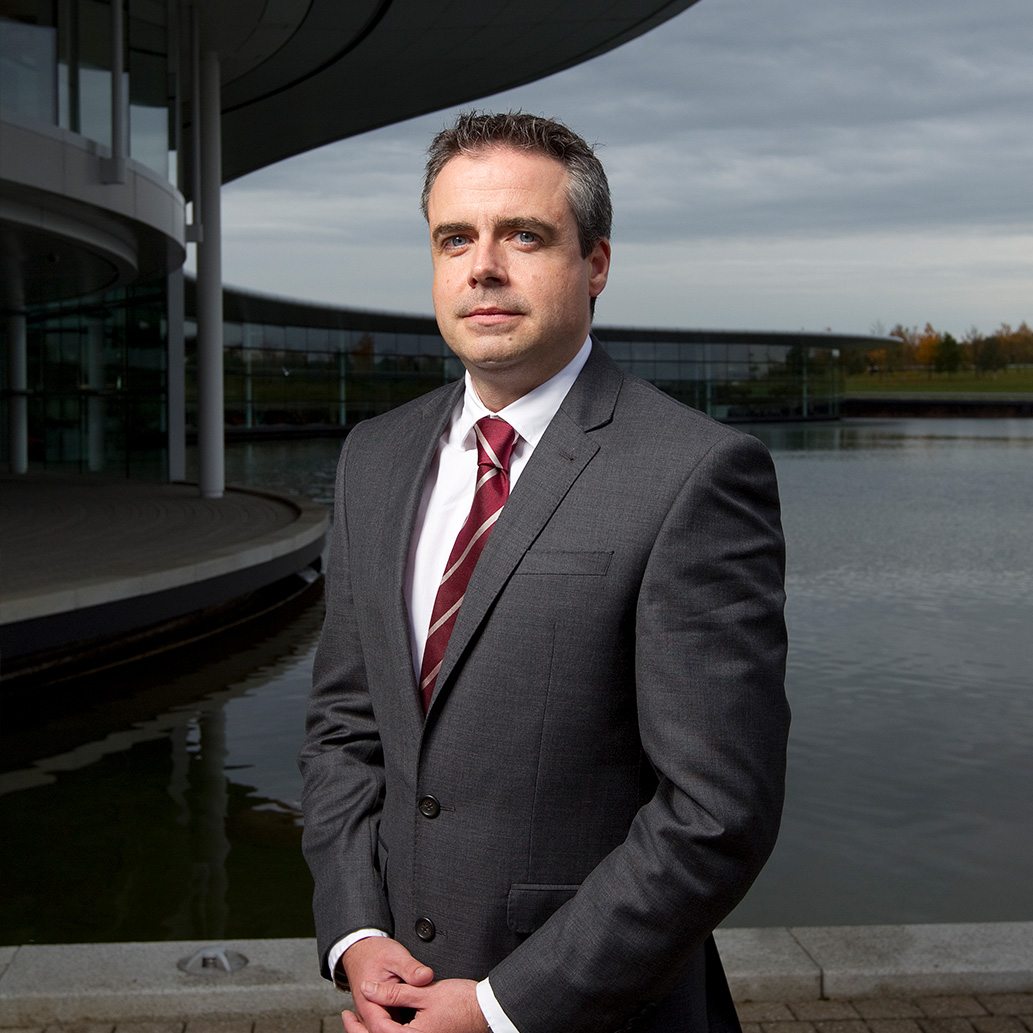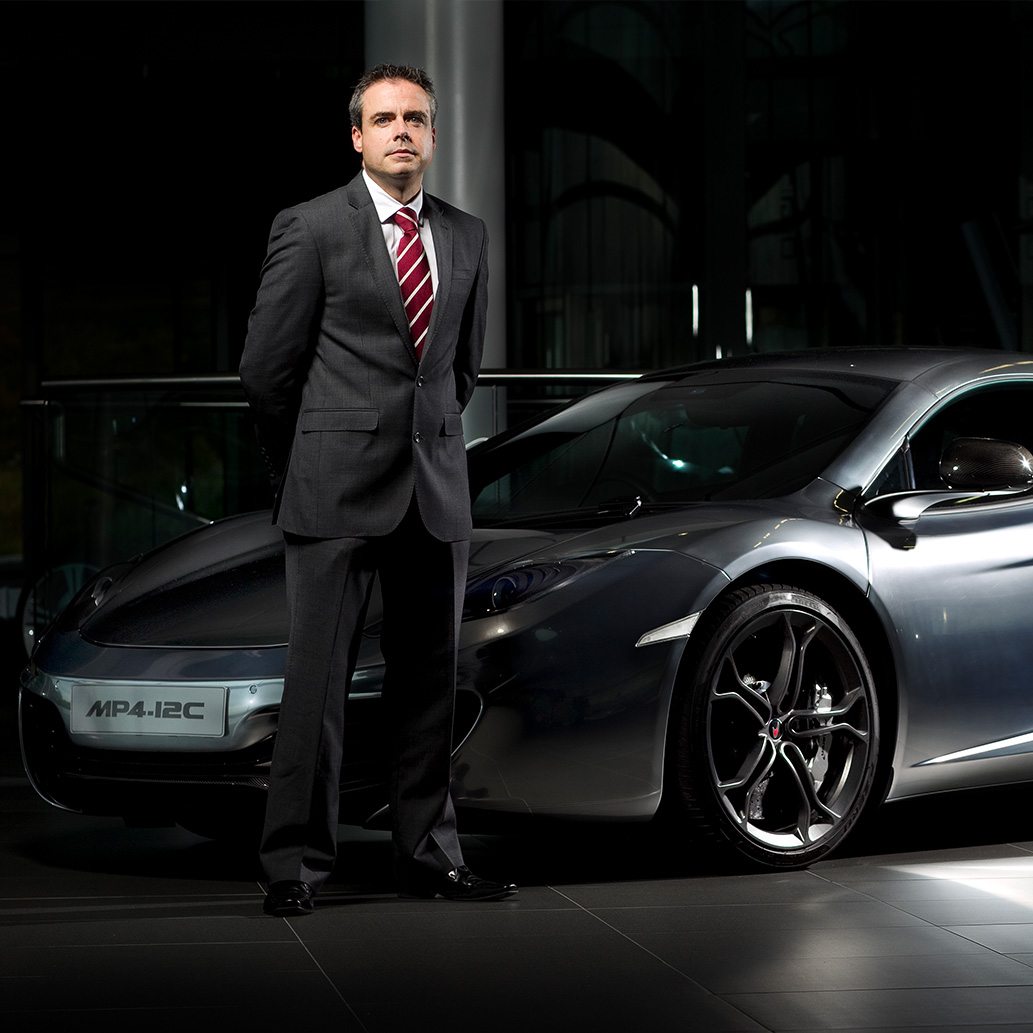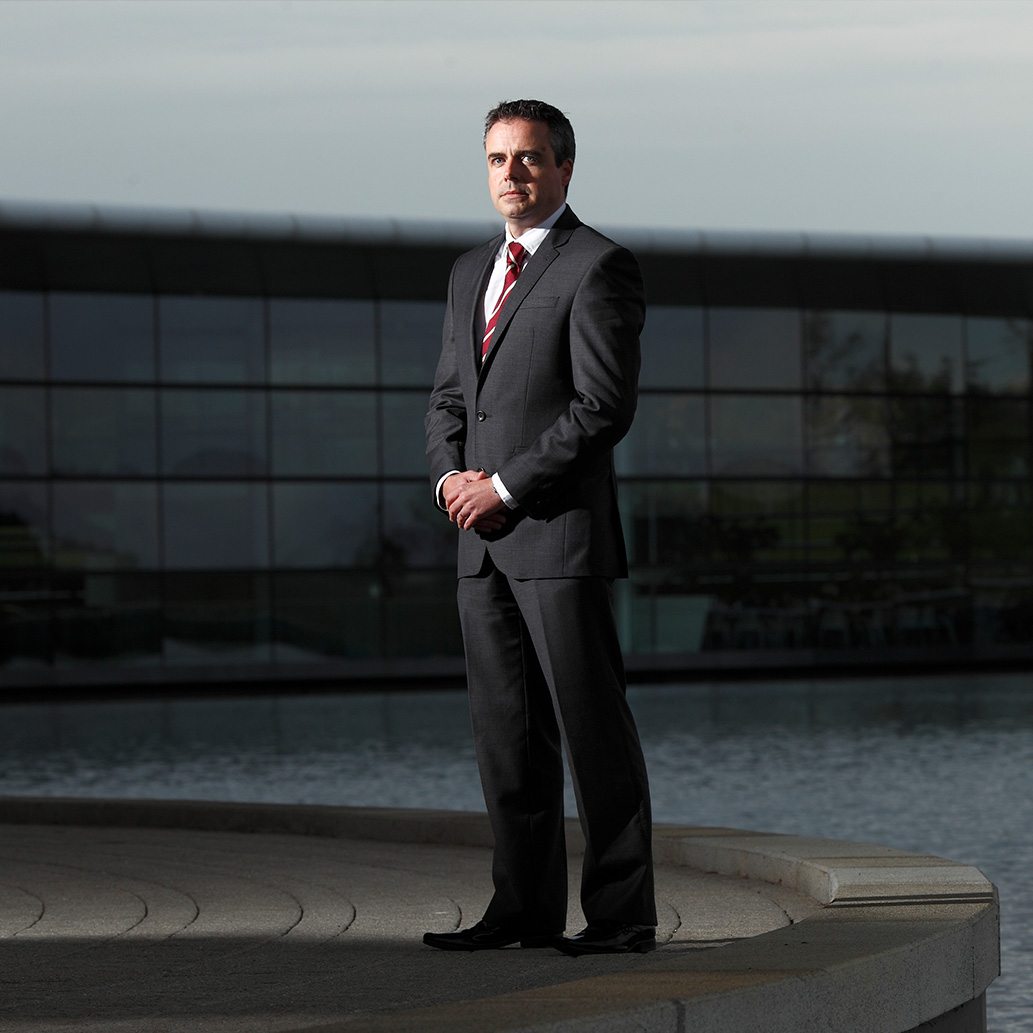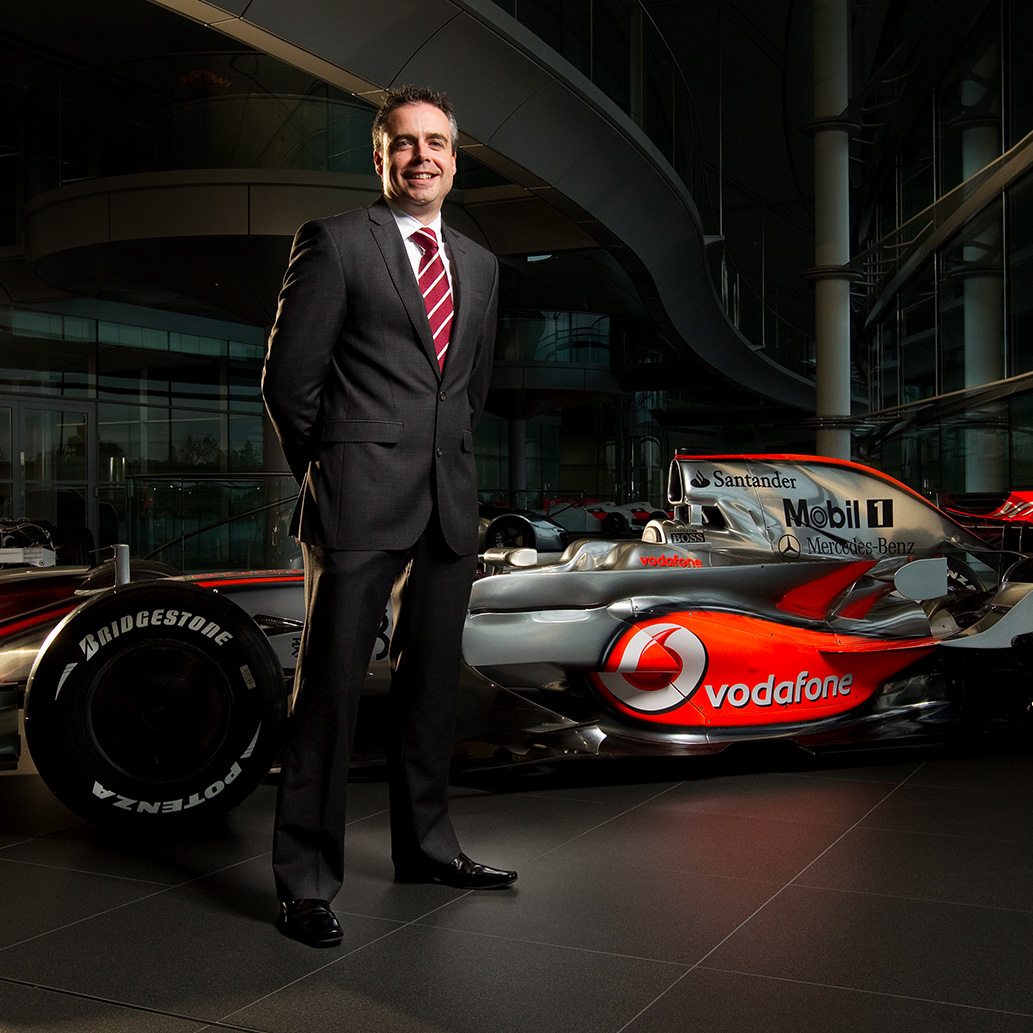Patrick tell us about your career journey and why the HR path?
When you’re in a management role at any level, in any department, particularly service delivery,you very quickly realise that you can only get things done through the team you have around you. It is important to understand what motivates that team to turn up for work – a simple fact, I’ve never forgotten, although, of course, there are many other hard-learned lessons in management. I worked for the BBC in a general management role in my early career which provided the spark that ignited my interest in the people aspect of business and in particular, performance management. I’m interested in the elements that help motivate and sustain performance. As part of a large development focused organisation, I was able to move into a pure HR role to further develop my interest in this area. In terms of career progression, my next move took me into a commercial environment in the same sector. Whilst still a regulated environment, the stakeholder influence was a different mix; simply summarised as less Government and more shareholder. So the same type of business but a very different culture and challenge. I found that there was a lot more clarity about expected outcomes and results, and a commercial awareness, that drove pacier decisions and a different set of behaviours.

Is this what you meant about understanding what motivates the people around you?
Yes, listening to people to ascertain what was important to them in their day to day work reality – what tools and talents they needed – has always been my approach. You get an enormous amount of information back and most importantly through the appropriate commercial or non-commercial lens through which to see the organisation. A key lesson that is just obvious today was that alignment is key and the business doesn’t always necessarily require what the HR community wants to do. It was a significant learning curve for me to take time to really understand the operation and I took a lot of useful experience with me to my next role, which was at consultancy firm PWC. This role exposed me to a wide and diverse range of experiences, organisations and gave me a privileged insight into the heart of major transformation programmes. It was a great learning curve, incredible training and development. But I was attracted back to television to join Granada, just as the groundwork was being prepared for the ITV merger, which was a huge change for a culturally diverse conglomerate which had come together from piecemeal consolidation over a number of years.

You must have experienced just about everything in HR, but was this the stand out experience which made you think, “yes this is a worthy role”.
Good question, yes, to be a part of that scale of transformation was a once-in-a-career opportunity. The core role for HR was to ensure stability in the key talent pool, while supporting massive change to achieve some very demanding commercial targets. It was a challenge, fast-paced, a steep learning curve. But I think the big “finding the missing jigsaw piece” for me, in these circumstances, was the opportunity to discover those people who had great skills and experience to offer, but weren’t in the right job and had become unhappy, disenfranchised and under-performing as a result. It’s one thing attracting and retaining the best people, but performance can’t be optimised if they aren’t in a role where they can contribute their best. But it happens, reality gets in the way, and most people’s driving force is to keep their job, and so sometimes people can remain in roles for years that hide their true potential and leads to dissatisfaction and underperformance. So I’ve always believed in creating a culture where people don’t feel vulnerable about challenging their current role and being challenged on it. Talent is an enormous investment; the best return is achieved through high performance, when the right people are in the right roles, with the right motivation to be successful.

The move to McLaren was an unusual one, considering your background… what did McLaren want with you?
[Laughs] Prior to my arrival here, there was the understanding that, for future success, leadership and talent development and succession had to be more structured and strategic. Then, as today, there was a tremendous and enviable talent pool but, at the time, there was very little proactivity around developing the talent and identifying the next generation of leaders. The reality is that in a talent-led business, engaged leaders are an essential part of the HR value chain; the role of HR is to corral and contextualise discussions in line with the overall business strategy. There was also a small, talented HR team, caught up in a transactional loop, but hungry to move the function on to a more strategic and aligned platform. The team’s expertise, along with healthy doses of enthusiasm and energy, has helped propel things forward much faster than I had originally anticipated. So that was the beginning of what has turned out to be a thrilling journey.
To an outsider, McLaren is an enigma. Despite the high profile of Formula One and the spectacular road cars, there is very little about the organisation in the public domain.
The McLaren Group is made up of of six different operating companies: McLaren Racing, McLaren Automotive, McLaren Applied Technologies, McLaren Electronic Systems, McLaren Marketing and Absolute Taste. Each Company is successful in its own right but all are very slightly different in terms of culture and identity. One of the challenges here has been to bring cohesion to some activities across the business – to primarily make the most of talent, but also deliver associated efficiencies. Formula One is this all-encompassing, highly absorbing element of the Group, but the talent and expertise exists in all arms of the business. As we grow, it is important that Racing is not seen to be the only aspirational career destination within the Group. I want people, both inside and outside the organisation, to look and see that there are many varied and exciting careers available across the Group. Our Electronics and Applied Technology operations have some particularly ambitious plans for growth and of course our Automotive Company has just delivered one of the most exciting sports road cars to market.
At a time when the last traces of British car manufacturing was selling out to foreign competitors, McLaren did the absolute opposite, with the split from Mercedes.
The Automotive side of the business has been on a remarkable transformation journey. We had the opportunity to establish a new road car company, and to conceive, design, manufacture and bring to market a new road car model, the MP4-12C, which has taken the world by storm. Behind the scenes the scaling back of operations and then massive growth has been a challenge to achieve, but anything is possible here. Our chairman’s belief in creating high-value, local jobs remained an important focus throughout, seemingly at odds with much of this sector in the UK, seeking cost cutting and offshoring manufacturing to lower cost regions. The business benefit of having everything here on our Woking site is just that – everything is here. It enables us to really maximise the strength and depth of our talent across all disciplines and retain our nimbleness. It’s great to be able to say that in a difficult environment when many of my peers in other organisations are downsizing, our Automotive workforce has doubled, and will continue to grow over the next two years as further new exciting automotive products come through to market.
This sounds like Formula One for HR!
For HR, in that sense, it is all about achieving optimised performance, and we’ve spent a lot of time investing in getting the “best fit” people in the business, those who really understand and identify with the McLaren brand values and thus deliver to exceptional standards. Working with psychologists, I’ve been developing a tool, to help improve our selection decisions, to ensure that whilst we build for the future, we also protect the legacy. We’ve identified three factors that set high performing McLaren people apart. They are 1.Pride in Achievement; 2. Resilience; and 3. Organisational Pride. Achieving the right fit is essential as McLaren is a hugely challenging environment. In our constant strive for excellence, it is always challenging and can seem relentless, but that drives extraordinary performance and that is what sets us apart.
Engineering experts are usually very focused, often introverted, so not necessarily leadership candidates... that’s surely a problem for succession planning.
As I’ve said, in HR it is critical to know and understand your population profile. Those with an introversion preference can make fantastic leaders, but it doesn’t always feel comfortable and they need to be able to practice those skills in a safe environment. I see a lot of people in McLaren who don’t consider themselves to be natural people managers, but they inspire and motivate others, they’re just not hardwired to notice their influence has been impactful. The important thing from an HR perspective is not to leave management relationships to chance. In my experience, where managers haven’t performed it’s often down to a lack of clarity of expectations and a lack of support from the organisation. Too often, people are put into a management role and left to their own devices. Part of our whole future leadership and succession planning strategy is being clear what we expect from our managers and leaders, simply put; “to inspire, engage and enable”.
The McLaren building is spectacular, serene and yet there is a current of electricity running through it that feels exciting and demanding.
From the outside it looks glamorous and prestigious, but it epitomises the swan cliché – all the hard work is done out of sight. Again, I come back to the importance of achieving the “right fit” of people. An environment like this which is, as you say, spectacular and is all about attention-to-detail, has its own idiosyncracies which bring their own pressures. You need to accept and live with these to enjoy it here. The building really helps us to promote a synergy between our diverse businesses, it’s an extraordinary space. But it’s a workplace, with the ups and downs of reality – but however tough your day is, you walk past the trophies and the history of McLaren is everywhere. You look at the historic racing cars driven by names like Lauda, Prost and Senna, and it is a potent reminder of what it’s all about and what success the Company has had.
That’s back to strategy, cohesion, and synergy.
Yes, and actually, aspects like cohesion have to be continuously worked at. Before I joined we just weren’t maximising the opportunity from our talent pool and there were few employees that had the chance to move to different parts of the business. People came in and worked in their particular business with little knowledge about the other companies a few metres away. In bringing common strands together through values and behaviours, happily, cohesion has become more of an organic process. This is most noticeable in the restaurant where teams don’t just sit together, they mix and mingle with other departments, and our leadership programme is all about encouraging networking across the whole. But there is still more to be done.
A lot is said about brand values, and here they must be hugely influential.
Yes, our brand is incredibly powerful and a source of enormous pride. All of our employees are considered to be Brand Ambassadors – their passion adds value to the brand in a virtuous cycle. But we are not complacent and we’ve done a lot of work on consolidating values and behaviours. Concentrating not just on “what is done” but on “how it is done”, is incredibly important to us, and we have invested significant time in embedding and promoting the behaviours that bring the values to life.
This must also assist with that all-important retention of talent – that must be critical.
Precisely, talented people are ambitious and, rather than looking for a career move outside the organisation, we have been able to develop a culture of greater manoeuvrability within. This has also enabled us to realise, in a much more targeted way, the opportunity to provide people with a change of scene, giving them the confidence and opportunity to experiment in different roles or with different skill sets in a safe way, and that’s refreshed the talent.
McLaren is all about being the best, fastest lightest and most efficient. In terms of product and output, that makes organic growth tricky...you won’t for example be planning to mass produce cars.
There’s a clear equation here and it’s about building for the future, protecting the legacy and keeping the cultural pieces clear. Our nimbleness and ability to just “make things happen” – one of our values – is a core strength and we are keen to ensure that the growth that comes naturally with success, doesn’t conflict with that. Strategic growth has to occur in a way that doesn’t move us too far away from our core values and the clarity of the brand. The real challenge in growth and expansion is keeping the strategy and culture aligned and, for us, ensuring the retention of the emotional connection with employees from the top. One of the really great things about McLaren is it is continuously learning. We’re constantly building positive, sustainable partnerships with similar organisations and institutions that help us innovate, and that includes our sponsors and partners. Academically, we have key relationships with some of the leading universities in the UK, with the next generation of thought leaders helping us challenge ourselves and think beyond the moment.
What would you say were the big people challenges, for HR in general, in these tough times?
Leadership and succession are enormous challenges. The recent succession at Apple is a timely reminder to companies that top succession must be a planned activity; but even when it is, in an environment, where leaders are so integral and iconic, the organisation can be rocked and stakeholders rattled. The challenge is to build a pool of engaged leaders in the business to retain the emotional attachment to employees, whatever changes occur in the future.
What is the buzz like here in the HQ in the run up to the start of the Formula One season?
It’s hard to explain, very hard to put into words, because it is a thrilling electricity of anticipation. During the build up to the first race of the season, when finding a tenth of a second from a new aero concept can make the difference between winning and coming second, the tension is truly palpable and everyone just wants to go racing to see how the car performs, against the competition. It’s a sporting competition but in a commercial environment , this is where the investment in R&D and delivery of innovation is so crucial, and you only truly know if you’re ahead of the curve when the car hits the track, under race conditions. The whole place holds its breath, hearts thump harder and faster and, throughout the season, as the racing team travels the globe, we all follow them in real-time. Racing is the glue that connects everyone. The passion is truly compelling… I’ve never felt anything like it!
You talk about regulations in Formula One to keep teams competitive, but what do you think of the constantly changing employment law?
It goes with the territory, it has to be said, and one of the real roles of the HR function, as I see it, is to translate the regulatory piece to the business in a pragmatic way. Sure, with some of the legislation, you have to bite your tongue and work with it. When we have something to say we feed it in via the business bodies. But fundamentally, as we all know, it is about ensuring good employment practice, and if your practices are good and you have good engagement, the legislative framework shouldn’t get in the way. It’s where something in that equation isn’t right that issues arise. We’re not perfect and we have to continue to be better, and whilst occasionally massively frustrating the legal framework encourages HR to benchmark and constantly review processes.
Where are you in the improvement of the organisation with HR?
McLaren is about continuous improvement, a phrase used here is “You might be moving forward, but if you aren’t moving forward faster than your competitors, you’re effectively going backwards”, that applies whatever job you’re doing. If you’re not continuously improving here, there’s nowhere to hide. In HR, we avoid general initiatives and focus on very targeted support – for everything we do, we ask ourselves: “Will this help the lap time on the car? Will this lead to a better final product? Will this increase profitability”? A current example, is that we’re doing some challenging work on behaviours that we can directly measure the effect to improved team performance to a faster race car and ultimately Championship wins.
Do you think HR will continue to evolve?
Whatever happens, one thing is certain, HR must continue to work on alignment to be an effective business enabler. When I look back to my first general management job, I would have been so much more effective if I had access to the HR capabilities and resources that are available today, but I didn’t always feel that HR understood my reality as a manager. That landscape has really changed and HR is, unquestionably, a recognised expert voice. Sure, that landscape will continue to change, but the challenge for HR is to keep close to the business and continue to question what it delivers against the business objectives and shareholder expectations.
Do you ever walk past the cars in the lobby, driven by Lauda, Prost and Senna and think wow, how did I end up here?
People always ask how did I end up here, was it planned? No, is the answer! I’ve always held a view that I wanted to work with interesting organisations, and McLaren, above all else, is that. I’ve been so lucky to be able to work here, and every now and again I take this for granted, but my wife tells me it’s hardly a usual workplace, and when I bring family and friends here, it reminds me that this is not the norm. This is an organisation that everyone talks about and wants to know about. Its reputation and history is outstanding, and that makes it a tremendous privilege to be part of the story.












